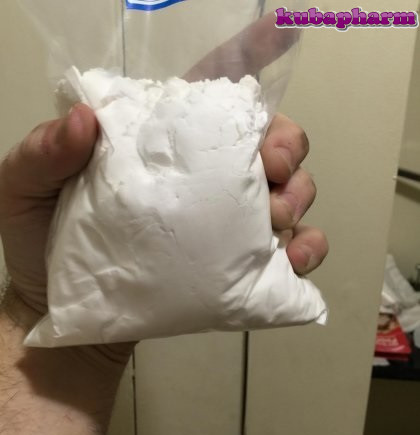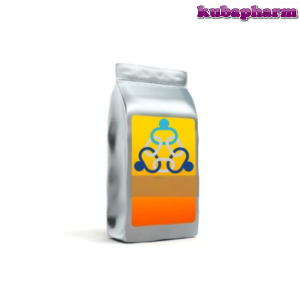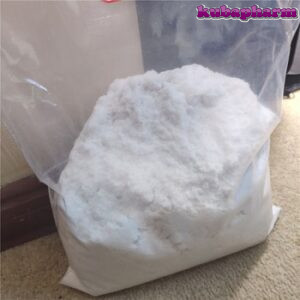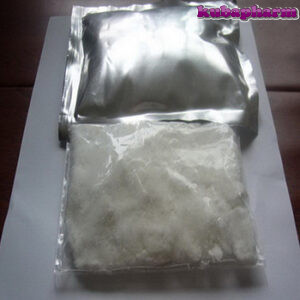What are the basics of heroin and fentanyl?
Heroin and fentanyl are both opioid drugs that bind to opioid receptors in the brain, reducing pain sensations and elevating pleasure and relaxation. Both are extremely potent, fast-acting, and can be lethal in as little as one dose.
The Basics of Heroin and Fentanyl
Heroin is derived from morphine, which is a natural substance that is removed from the seed of the opium poppy plant. Heroin is distributed as a white or brown powder, or as a black, tacky substance known as “black tar” heroin. It is classified as an illegal drug with no accepted medicinal uses in the United States (Schedule I controlled substance) by the Drug Enforcement Administration (DEA). It is typically injected, smoked, or snorted when abused.
Fentanyl is a synthetic (manmade) opioid that is similar to morphine; however, the National Institute on Drug Abuse (NIDA) warns that it is 50-100 times more potent than morphine. The chemical structure of fentanyl is slightly different from that of heroin. Fentanyl was originally synthesized as a powerful analgesic (pain reliever), and it is still used medically to treat severe pain following surgery or for chronic pain in people who are opioid-tolerant, which means that other painkillers aren’t as effective. Unlike heroin, fentanyl does have some accepted medicinal uses, so it is classified as a Schedule II controlled substance by the DEA. Schedule II drugs still have a very high potential for abuse and addiction despite their specific medical uses.
Fentanyl is diverted from licit uses for abuse, and it is also manufactured in clandestine laboratories. Fentanyl is cheaper and easier to obtain than heroin and is often used as a cutting agent or filler for heroin.
Fentanyl can be absorbed through the skin and be lethal in very small doses, as little as 0.25 milligrams, CNN warns. Prescription fentanyl comes in lozenges, buccal and sublingual tablets, nasal or oral sprays, as an injectable, and in a transdermal patch form. When abused, fentanyl patches may be sucked on, chewed, inserted into the body, or the gel can be scraped off the patches and injected. Tablets may be ingested or crushed and snorted, smoked, or injected. Illegal fentanyl may be made into pills to look like other prescription opioid medications like Norco, be manufactured in powder form, or put on blotter paper to be placed under the tongue.
Quick Comparison between Fentanyl and Heroin
HEROIN
FENTANYL
Overdose Potential and Side Effects
Overdose fatalities involving heroin or fentanyl are rising. The Centers for Disease Control and Prevention (CDC) reports that close to 30,000 Americans died from an opioid overdose in 2014. Overdose deaths from synthetic opioids like fentanyl nearly doubled from 2013 to 2014, and heroin overdose fatalities quadrupled from 2002 to 2013, the CDC publishes.
People may not even realize that the drug they are taking contains fentanyl, as it is often passed off as pure heroin. Fentanyl is more potent than heroin and can therefore cause a toxic buildup and lead to overdose faster and in lower doses. An opioid overdose becomes dangerous when breathing is slowed too much. Pulse also slows, body temperature drops, and individuals often become mentally confused, drowsy, and lethargic. Pinpoint pupils and potential loss of consciousness are further indicators of an opioid overdose.
| Quantity | 28 Grams, 50 Grams, 100 Grams, 200 Grams |
|---|









There are no reviews yet.